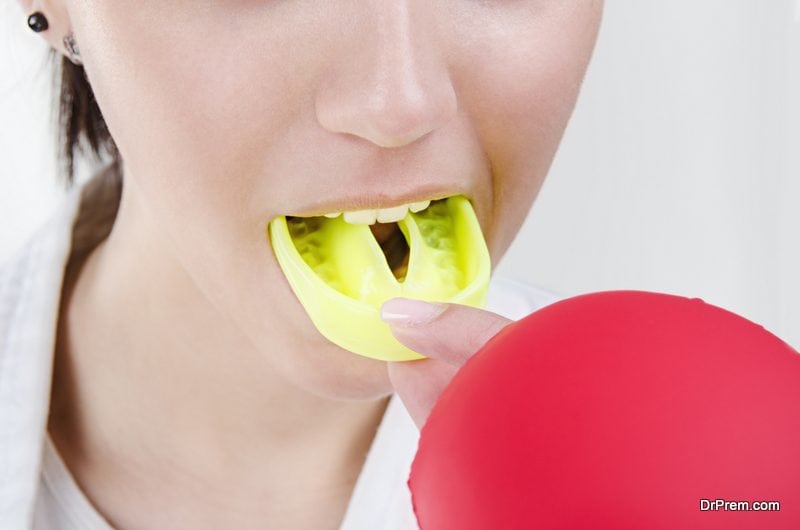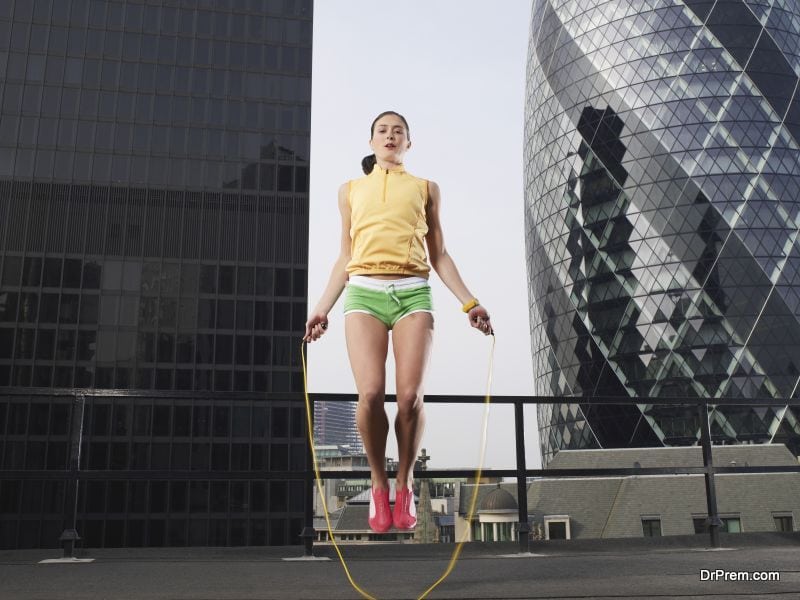Sports are extremely popular worldwide, both to watch and play. But with over 2 million sports injuries reported among high school students alone, safety is an important factor. Sports safety comes in many different forms from wearing the proper safety equipment to practicing self-care and stretching. Here are a few ways to help prevent injury on the field or court and keep athletes safe.
Gear
The first line of defense against sports injuries is wearing the proper equipment. This varies based on the type of sport you’re playing, but here are some of the most basic pieces of sports equipment and their purpose.
Helmets
 When you think of sports equipment, helmets likely come to mind. These are used to protect an athlete’s head from serious injury. The most common head injury in sports is a concussion. Concussions occur following a blow to the head and is considered a traumatic brain injury. Symptoms include blurred vision, confusion, nausea, headache, and problems with balance. Helmets help to protect an athlete’s head but will not completely eliminate the risk of concussion. Helmets are often worn in football, hockey, baseball (while at bat), skateboarding, and winter sports such as skiing and snowboarding.
When you think of sports equipment, helmets likely come to mind. These are used to protect an athlete’s head from serious injury. The most common head injury in sports is a concussion. Concussions occur following a blow to the head and is considered a traumatic brain injury. Symptoms include blurred vision, confusion, nausea, headache, and problems with balance. Helmets help to protect an athlete’s head but will not completely eliminate the risk of concussion. Helmets are often worn in football, hockey, baseball (while at bat), skateboarding, and winter sports such as skiing and snowboarding.
Mouthguard
Mouthguards help prevent oral injuries during sports. These include all injuries to the mouth, jaw, cheeks, and tongue. A mouthguard is usually made of soft plastic and can be molded to the wearer’s mouth size and shape. This is done using boiling water. Athlete’s place the mouthguard into the water to make it more malleable. After letting to cool slightly, they place it in their mouth and bite down for a few minutes. Once the mouthguard dries and sets, it will fit perfectly into the individual wearer’s mouth. Oral injuries can result in the need for dental implants or stitches due to lacerations or cuts. Sports that require mouthguards include football, hockey, boxing, and MMA.
Jockstrap
Although not as popular as they once were, jockstraps are an important piece of sports equipment and are used to protect the male genitals. Jockstraps can be worn with or without a protective cup inside. A cup is used to protect the genitals from impact in sports like baseball. Without the cut, the jockstrap is used for support more than anything else. Jockstraps consist of an elastic waistband and a supportive pouch for keeping the testicles high and close to the body to prevent injury and chafing against the inner thigh. Jockstraps are commonly worn by cyclists and other athlete’s in contact supports or those performing vigorous activity.
Pads

Pads are worn in a wide range of sports to help protect a player’s limbs and major organs. Pads protect from impact from other players and other sports equipment like sticks, balls, and pucks. Pads help prevent bruising, broken bones, and simply lower the blow when athlete’s collide or are tackled, dependent on the sport. Pads are mostly made of durable and lightweight plastic. Sports where pads are worn include, but are not limited to:
- Football
- Baseball (catcher and umpires)
- Motocross
- Hockey
- Lacrosse
- Skateboarding/BMX
Preventative Care
Wearing the proper sports equipment isn’t the only way to prevent sports related injuries. There are some safety measures and precautions you can take to help prevent injury.
Play By the Rules
Rules were created for a reason. Although being fair is important, being safe is paramount. When athlete’s don’t obey the rules, people can get hurt. This is especially true in contact sports such as football. The NFL has a strict rule against helmet-to-helmet tackles due to the large number of concussions suffered by players. This goes hand-in-hand with the league defenseless player rule which prevents players from forcefully tackling defenseless players. Think of rules on the field similar to rules on the road. Traffic lights and stop signs are in place to help people navigate the roadways safely. The same holds true for sports.
Warm Up and Cool Down
 All too often sports players suffer from pulled muscles or other injuries because they fail to warm up before playing or cool down after. Warming up is an important part of any activity. It helps loosen and prepare your muscles for what’s ahead. It also helps improve circulation and gradually increase your heart rate. This is why cooling down is also important. If you abruptly stop moving following activity, your blood may pool in your lower extremities, leading to feelings of dizziness or even fainting. Cool downs help your heart rate return to a normal place in a gradual and natural way.
All too often sports players suffer from pulled muscles or other injuries because they fail to warm up before playing or cool down after. Warming up is an important part of any activity. It helps loosen and prepare your muscles for what’s ahead. It also helps improve circulation and gradually increase your heart rate. This is why cooling down is also important. If you abruptly stop moving following activity, your blood may pool in your lower extremities, leading to feelings of dizziness or even fainting. Cool downs help your heart rate return to a normal place in a gradual and natural way.
Don’t Play Injured
We get it. You’re dedicated to your sport and don’t want to disappoint your team. That’s all well and good but playing while injured is an extremely bad, and dangerous, idea. Not only do you run the risk of causing further damage to your weakened condition but you’re putting other players at risk as well. Let’s return to the analogy about safety on the road. If someone is driving a car that isn’t running properly, it could potentially cause an accident. The same holds true for sports. If you’re not operating at 100%, you may not offer the protection another player needs or you may miss a pass and now you’re putting your teammates at risk. You’re also putting yourself in harm’s way in terms of furthering or worsening your injury. Sitting on the bench might stick now but you’ll be back in the game before you know it.
Have Fun and Stay Safe
Sports are about having fun, being part of team, and remaining physically active. But you also need to remain safe in order to play properly and get the most out of each activity. By wearing the proper gear and respecting your body and its limitations, you will stay safe, happy, and healthy on the field.
Article Submitted By Community Writer




